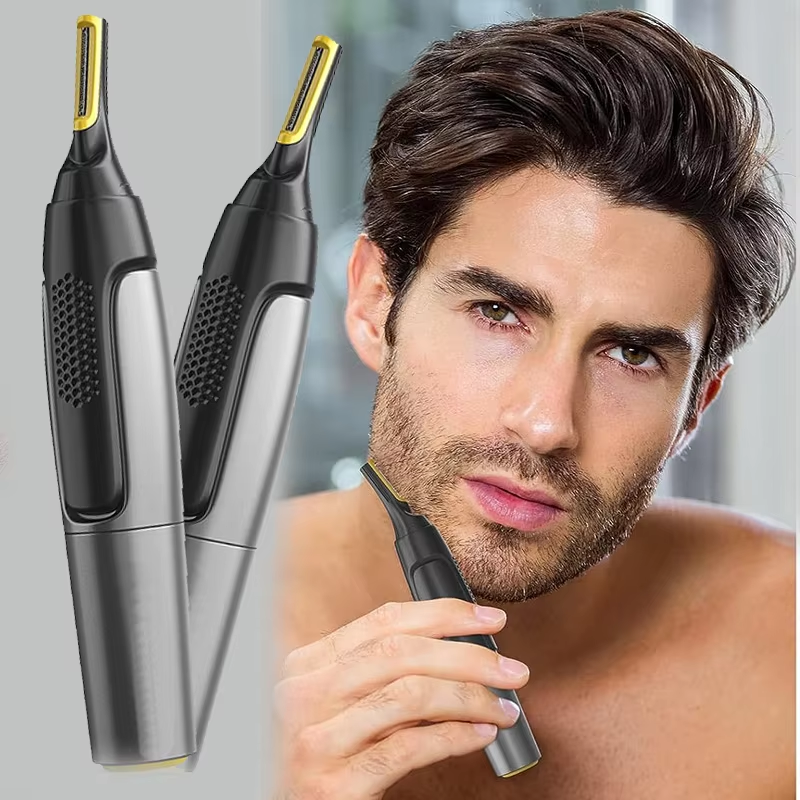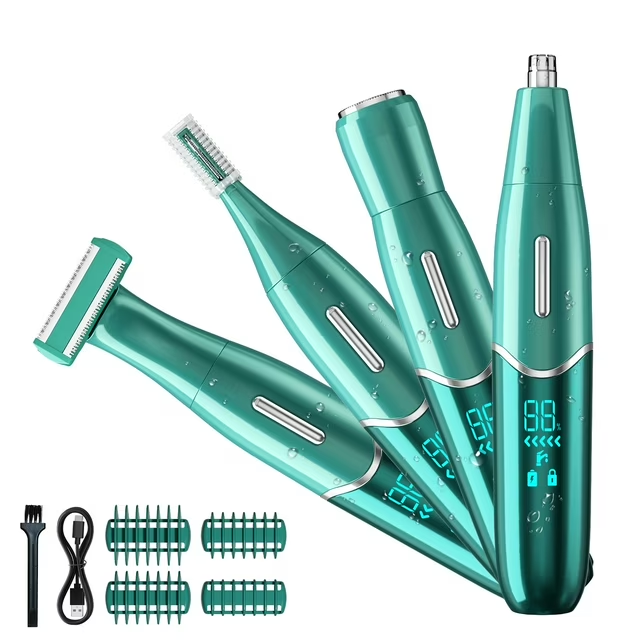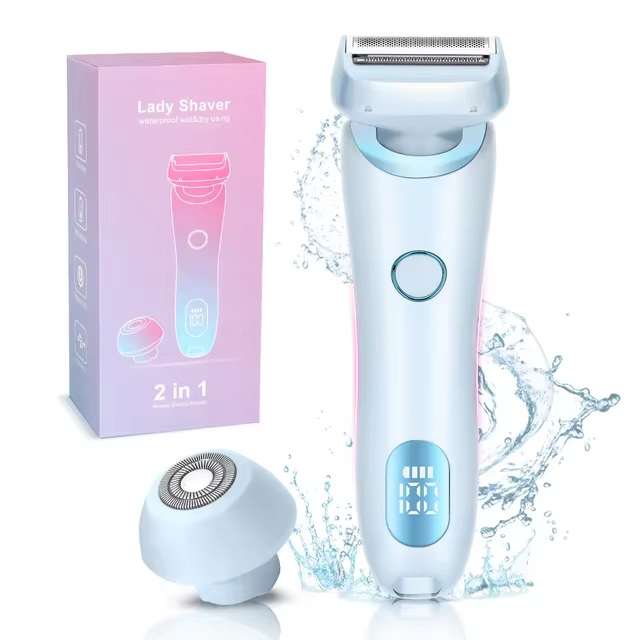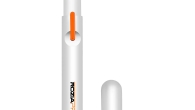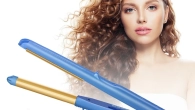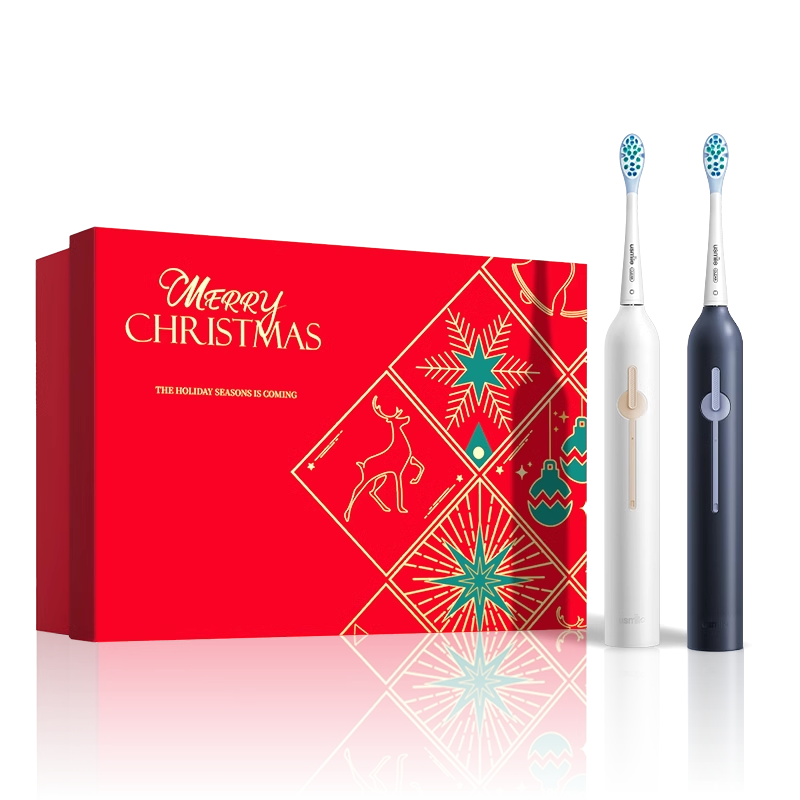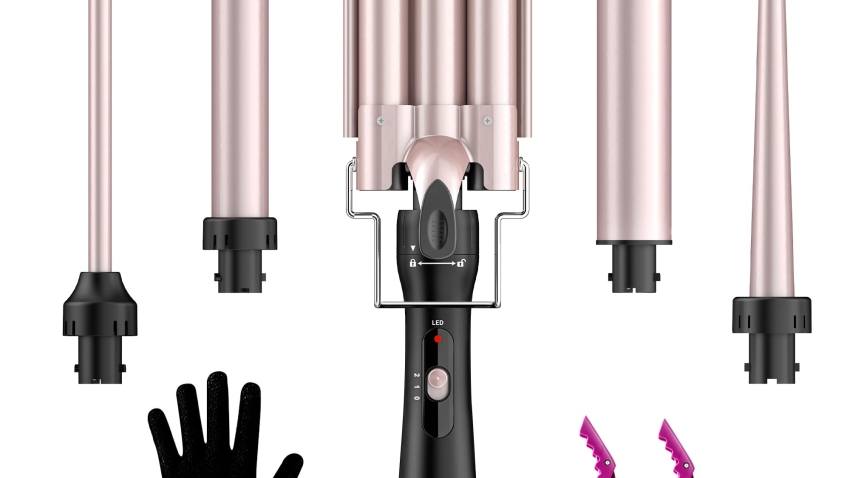
Why Won’t My Hair Hold a Curl?
Introduction:
Struggling to get your hair to hold a curl can be incredibly frustrating, especially after investing time and effort into styling. Understanding why won’t my hair hold a curl and finding effective solutions is essential to achieving lasting, beautiful curls. This detailed guide explores various factors that can prevent hair from holding a curl, offers troubleshooting tips, and provides methods to enhance curl longevity in 2024.
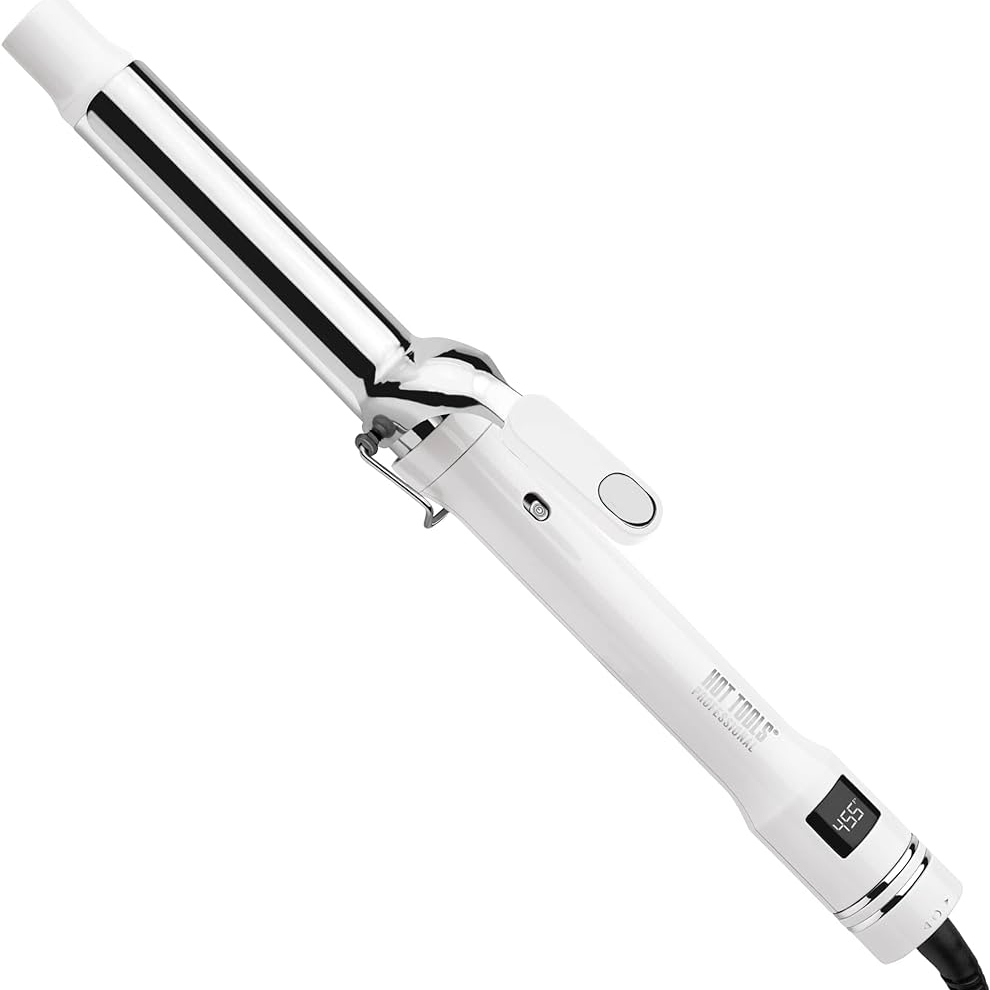
Why Won’t My Hair Hold a Curl?
Understanding Hair Characteristics That Affect Curl Retention
The naturally occurring properties of your hair significantly influence how well it holds a curl.
Hair Texture: Hair texture plays a crucial role in curl retention. Fine, straight hair often struggles to hold curls, as it lacks the natural grip and volume needed to maintain the shape. Coarser hair types typically hold curls better due to their thicker structure.
Porosity: Porosity refers to your hair’s ability to absorb and retain moisture. High porosity hair absorbs moisture easily but struggles to retain it, which can make curls fall flat quickly. Low porosity hair resists moisture absorption, making it harder to curl initially but better at holding curls once styled.
Health and Condition: Healthy hair responds better to styling. Damaged hair, caused by excessive heat, chemical treatments, or environmental factors, can struggle to hold curls. Hair that lacks moisture, nutrients, and elasticity is prone to breakage and fails to maintain a defined curl pattern.
Unveiling the Factors That Prevent Hair from Holding a Curl
Several factors can inhibit your hair’s ability to hold curls effectively. Identifying and addressing these factors is the first step to achieving lasting curls.
Product Buildup: Heavy product buildup from hairspray, gel, mousse, and other styling products can weigh down your hair. Buildup creates a barrier, preventing hair from holding onto the curl and causing styles to fall flat.
Incorrect Preparation: Improper hair preparation before styling is a common reason for curls not lasting. Skipping essential steps like washing, conditioning, and applying heat protectant can negatively affect curl longevity.
Wrong Styling Tools and Techniques: Using the wrong tools and techniques can result in curls that don’t last. For example, curling irons with barrels that are too large for your hair type or not using enough heat can create loose, temporary curls.
Humidity and Environmental Factors: High humidity and environmental factors like wind and rain can wreak havoc on styled curls. Humidity causes hair to absorb moisture, making curls lose their shape and become frizzy.
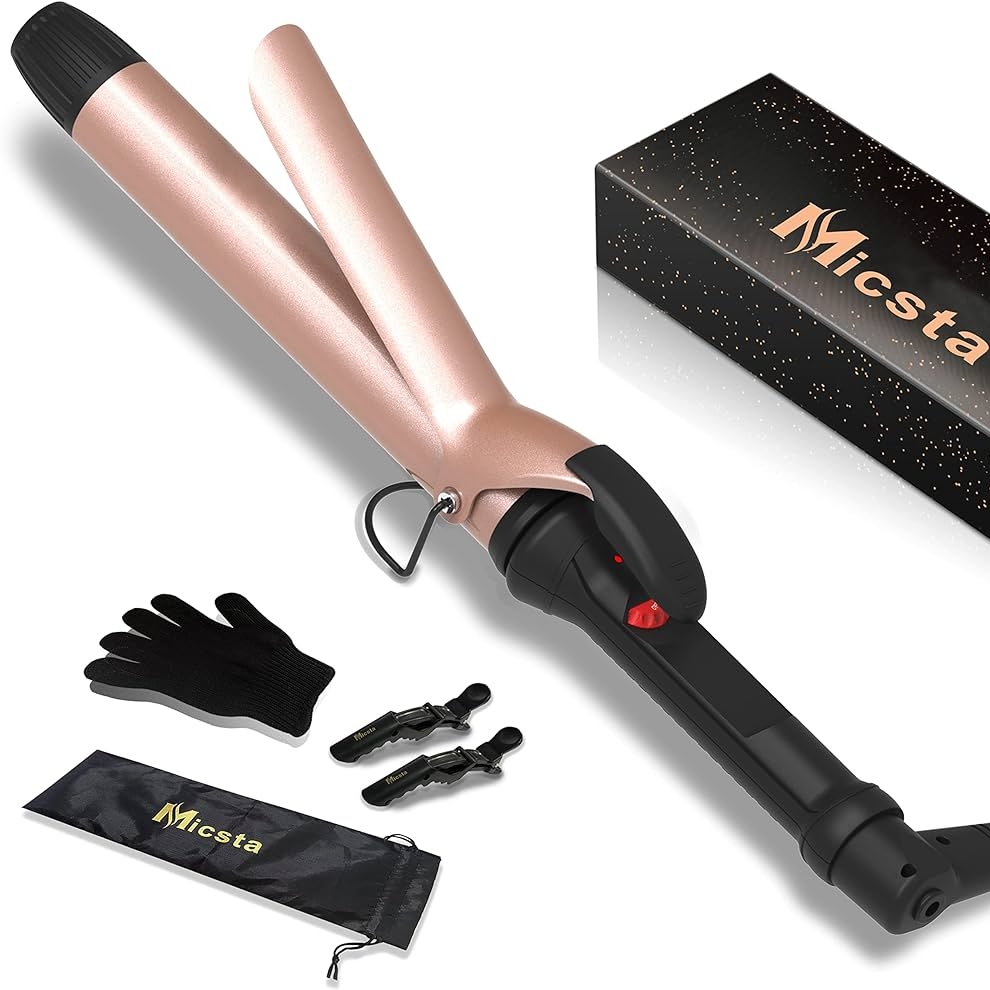
Detailed Steps to Help Your Hair Hold a Curl
Following these steps helps your hair better hold curls and achieve a more enduring style.
Step 1: Proper Hair Preparation
Wash and Condition: Start with clean, well-conditioned hair. Use a shampoo and conditioner tailored to your hair type. Clarifying shampoos can help remove product buildup, while moisturizing conditioners enhance hair’s elasticity and manageability.
Use a Lightweight Mousse or Volumizer: Apply a lightweight mousse or volumizer to damp hair. These products add grip and volume, creating a better foundation for holding curls.
Dry Your Hair Correctly: Blow dry your hair using a round brush for added volume or air-dry using a diffuser. Ensure your hair is completely dry before applying any heat styling tools. Wet or damp hair doesn’t hold curls well and is prone to damage.
Step 2: Choose the Right Tools and Products
Select a Suitable Curling Iron: Use a curling iron with a barrel size appropriate for your hair length and type. Smaller barrels work best for shorter hair, while larger barrels suit longer hair. Ceramic and tourmaline curling irons distribute heat evenly and reduce frizz.
Heat Protectant: Always apply a heat protectant spray before using heat styling tools. Heat protectants shield your hair from damage and ensure a smoother, longer-lasting curl.
Hairspray and Texturizing Products: Use hairspray, texturizing spray, or sea salt spray to add texture and hold to your curls. Apply these products before and after curling for the best results.
Step 3: Master the Curling Technique
Section Your Hair: Divide your hair into manageable sections using hair clips. Smaller sections ensure even heat distribution and more defined curls.
Curl Away from the Face: For a natural look, curl sections of your hair away from your face. Clamp a section of hair in the curling iron, twist away from your face, and hold for a few seconds before releasing.
Alternate Directions: Alternate the direction of the curls for a more natural and voluminous look. Curl one section toward your face and the next section away from your face.
Cool and Set: Allow your curls to cool completely before touching them. Cooling helps set the curl, making it last longer. Once cooled, you can gently loosen the curls with your fingers for a softer look.
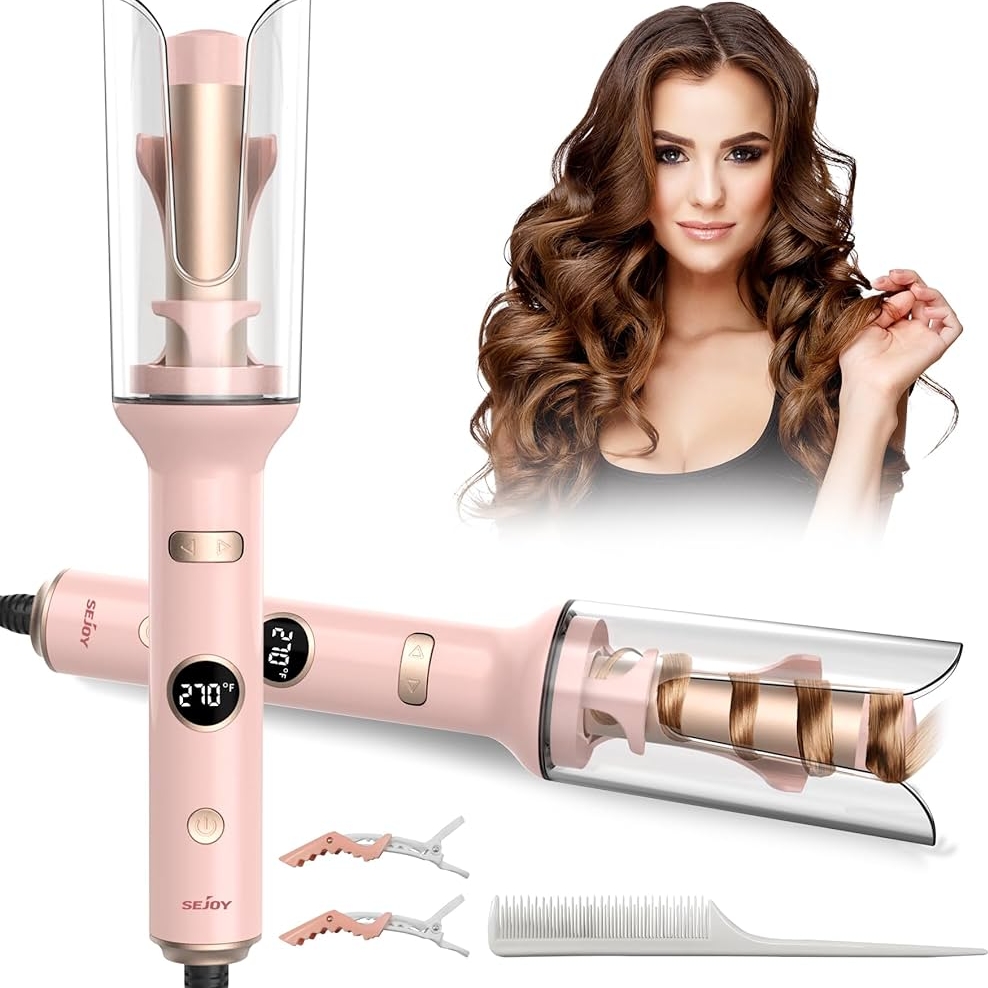
Step 4: Address Environmental Factors
Weatherproof Your Style: Use anti-humidity hairspray to help your curls withstand humid conditions. These sprays create a protective barrier that prevents frizz and curl collapse.
Protective Hairstyles: Consider using protective hairstyles like updos or braids when facing challenging weather conditions. These styles help maintain your curls while reducing exposure to humidity and wind.
Daily Maintenance Tips: To keep your curls lasting longer, avoid touching or brushing them too frequently. Sleep on a silk or satin pillowcase to reduce friction and frizz.
Daily and Long-Term Maintenance Practices
Implementing regular hair care practices ensures your curls remain intact and your hair stays healthy.
Regular Deep Conditioning: Incorporate deep conditioning treatments into your routine to maintain hair health and elasticity. Deep conditioners infuse hair with moisture and nutrients, making it more pliable and better able to hold a curl.
Trim Split Ends: Regular trims help remove split ends, which can hinder curl retention. Healthy ends create a more polished and long-lasting curl.
Avoid Overuse of Heat Tools: Limit the use of heat styling tools to reduce hair damage. Embrace heatless curling methods using foam rollers or braiding damp hair for curls.
Scalp Health: Maintaining a healthy scalp promotes hair growth and overall hair health. Use scalp treatments and avoid products that can clog pores or irritate the scalp.
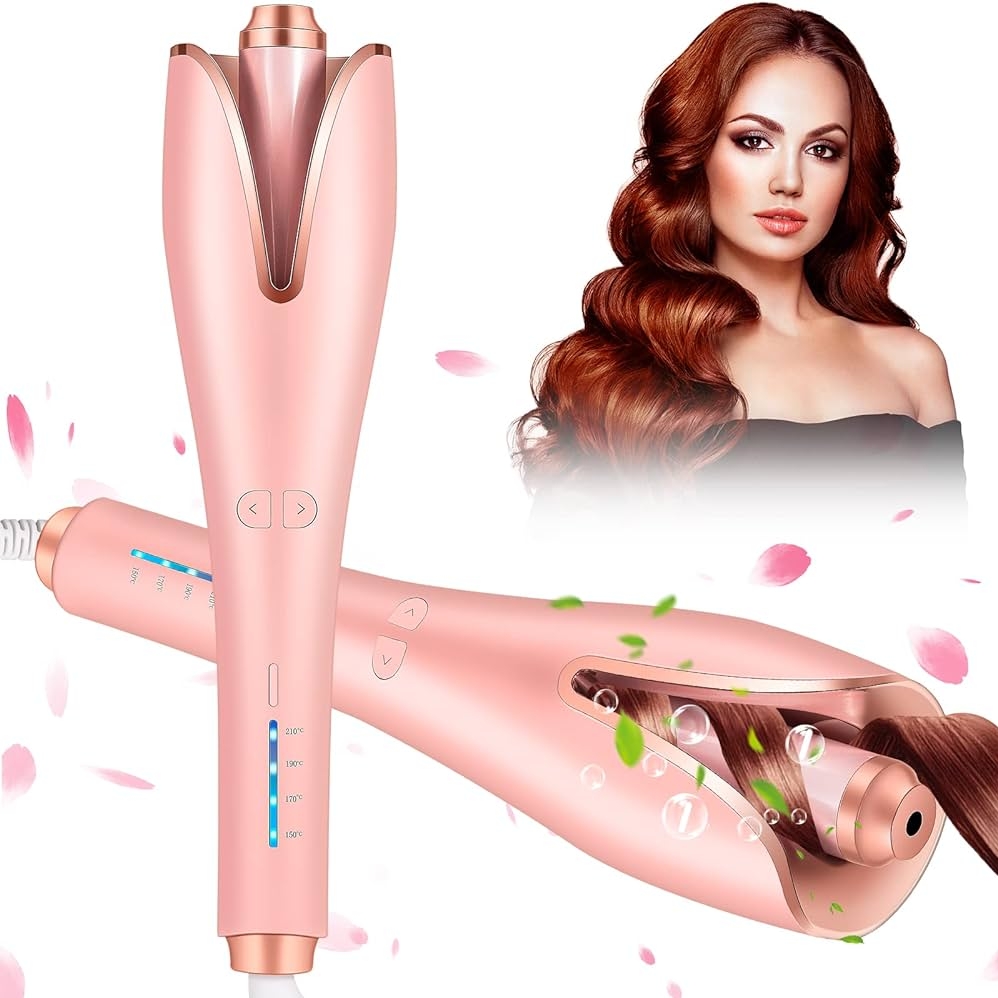
User Insights and Experiences
Learning from other users’ experiences provides practical tips and insights into improving curl retention.
Positive Feedback: Users often highlight the importance of clean, well-prepared hair for better curl retention. Applying lightweight styling products and using appropriate tools make a significant difference.
Effective Techniques: Users find success using smaller curling iron barrels for more defined curls that last longer. Alternating curl directions and allowing curls to cool before touching helps maintain the style.
Daily Maintenance Tips: Regular maintenance practices, such as using silk pillowcases and avoiding excessive brushing, help prolong curls’ life. Users also recommend minimal product application to avoid weighing down curls.
Professional Advice: Consulting a professional hairstylist for personalized tips can provide valuable insights tailored to your hair type. Stylists can recommend suitable products and techniques to improve curl retention.
Comparing Heat Styling vs. Heatless Curling Methods
Understanding the advantages and drawbacks of different curling methods helps you choose the most suitable technique.
Heat Styling:
- Advantages: Provides precise and long-lasting results.
- Drawbacks: Can cause damage with frequent use; requires proper heat protectant.
Heatless Curling:
- Advantages: Gentle on hair, reducing the risk of damage; involves techniques like braiding or using foam rollers on damp hair.
- Drawbacks: May take longer to set curls; results may vary based on hair type and texture.
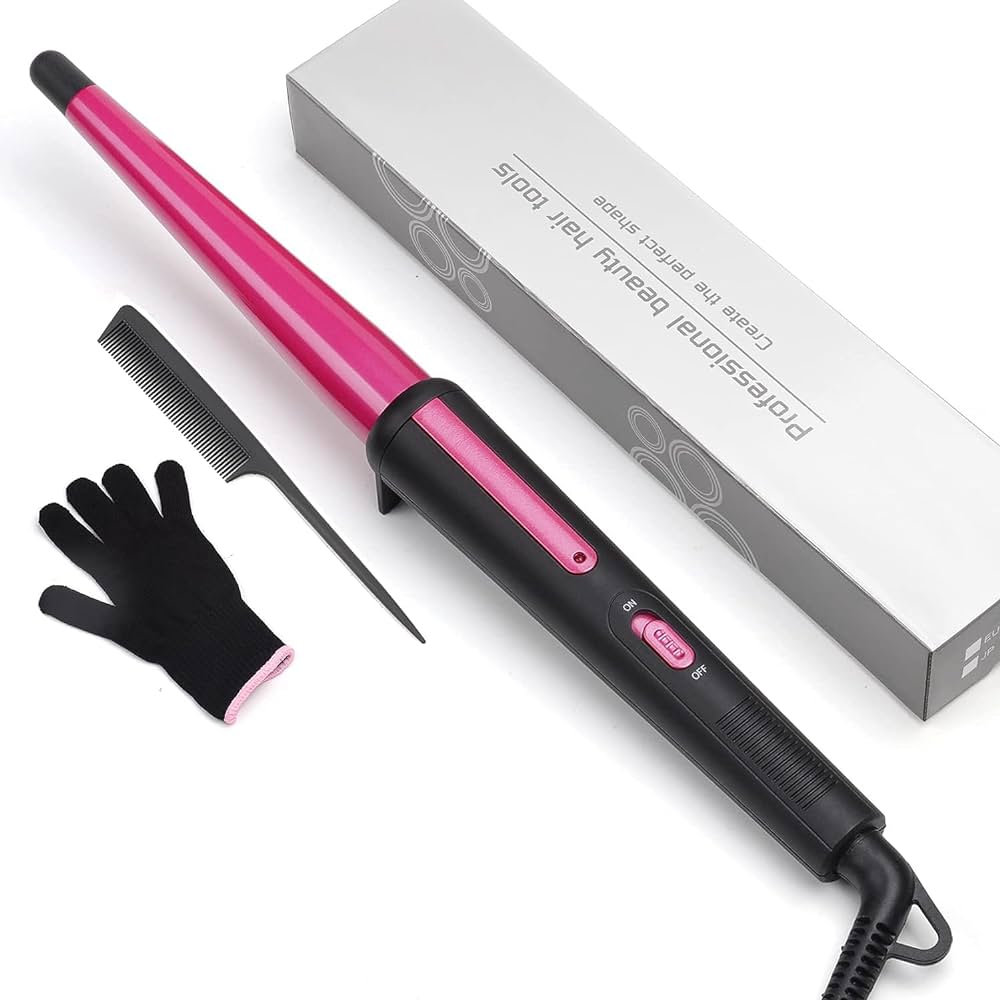
Exploring Common Curling Mistakes
Identifying and correcting common mistakes can improve your styling results.
Using Too Much Product: Overloading hair with heavy styling products can weigh down curls and cause them to fall flat. Use lightweight products sparingly for the best results.
Skipping Heat Protectant: Failing to apply heat protectant leaves hair vulnerable to damage. Always use heat protectant to shield hair from high temperatures and ensure smoother curls.
Curling Too Large Sections: Curling large sections of hair at once can result in uneven, loose curls that don’t last. Work with small sections to achieve more defined and enduring curls.
Ignoring Hair Health: Failing to maintain healthy hair prevents effective curl retention. Regular trims, scalp treatments, and deep conditioning are crucial for maintaining hair’s ability to hold curls.
Conclusion
Achieving long-lasting curls involves understanding your hair’s characteristics, addressing factors that prevent curl retention, and following detailed steps for effective curling. Proper hair preparation, using suitable tools and products, and mastering curling techniques are essential for maintaining curls. Regular maintenance, addressing environmental factors, and learning from user insights enhance your styling experience. By implementing appropriate styling practices and techniques, you can achieve beautiful, lasting curls that enhance your look and maintain your hair’s health. Whether through heat styling or heatless methods, taking the right approach ensures your curls remain intact and your hair stays vibrant and healthy.




